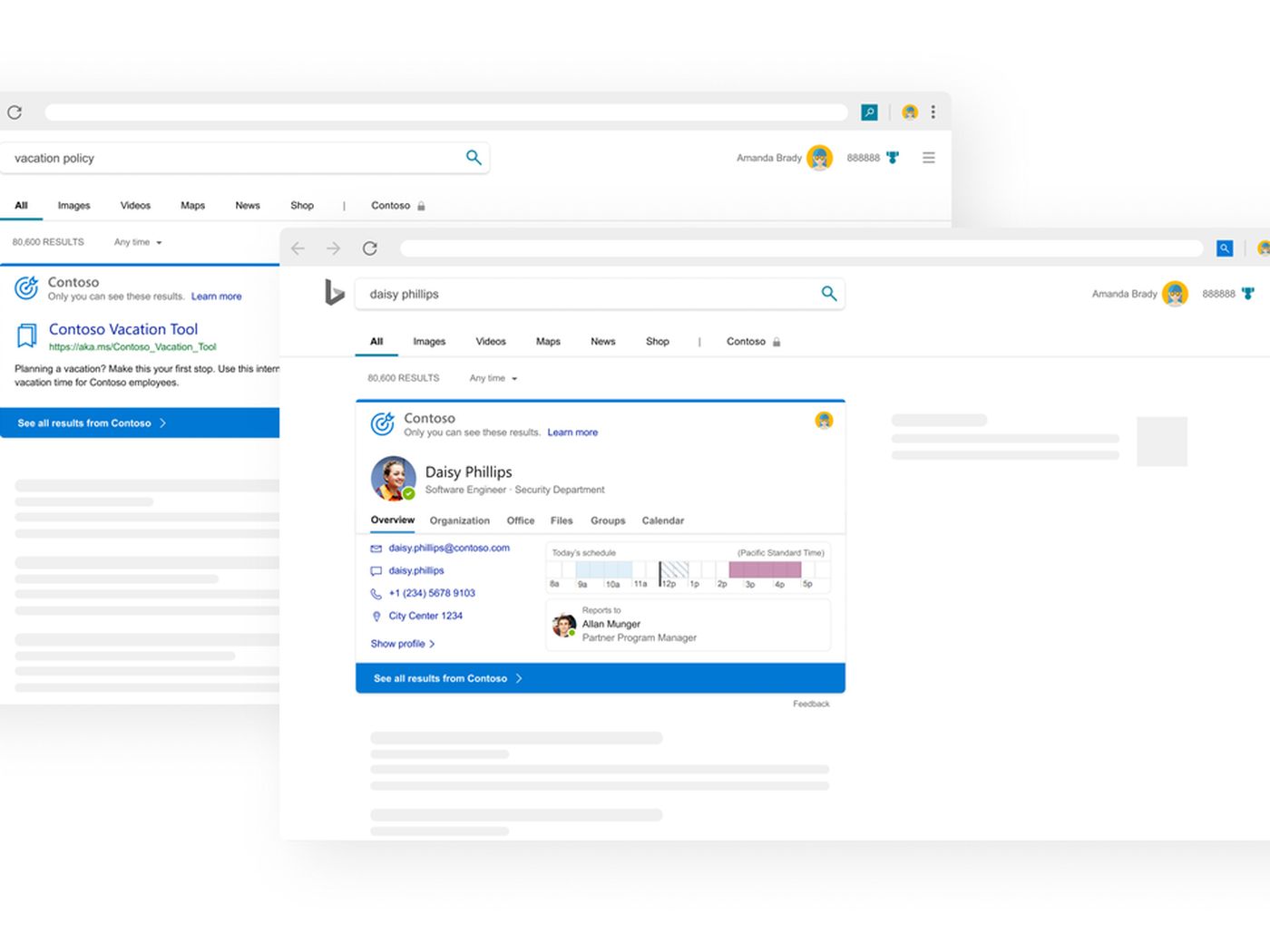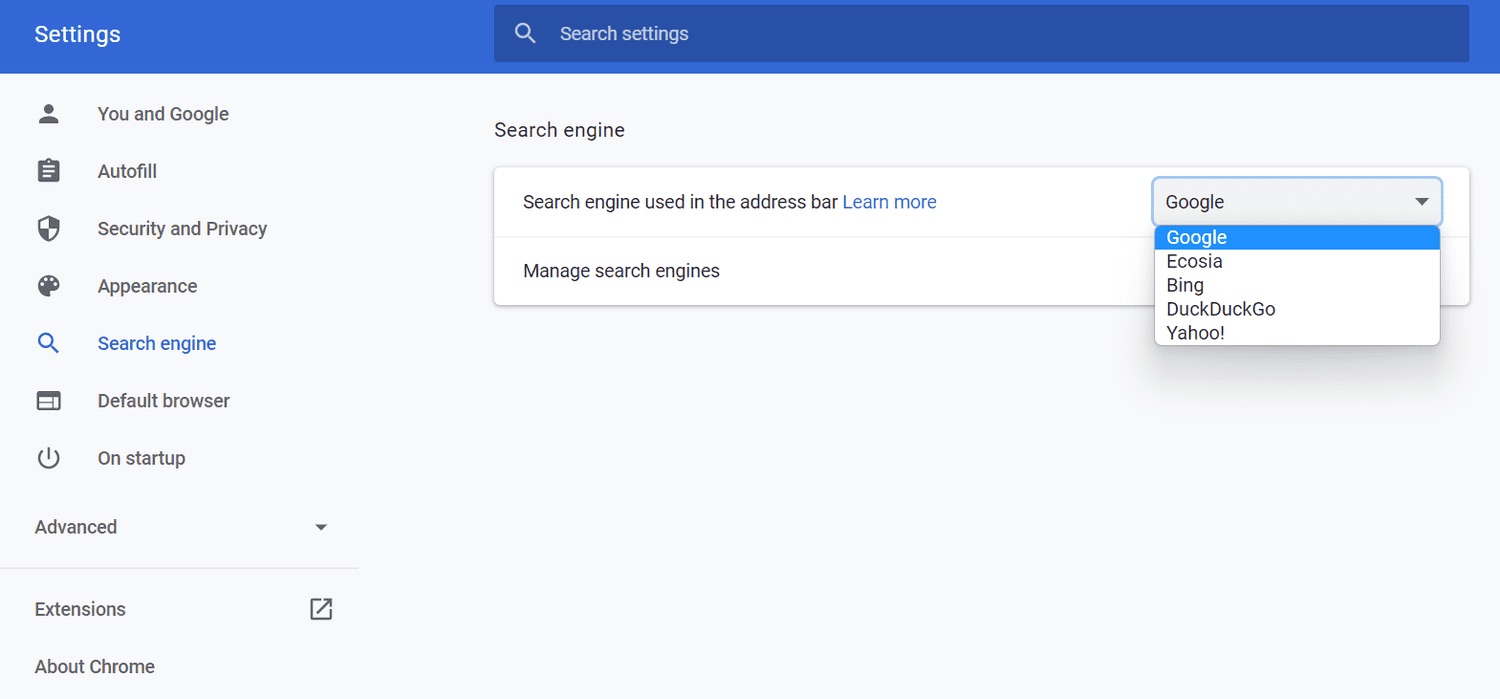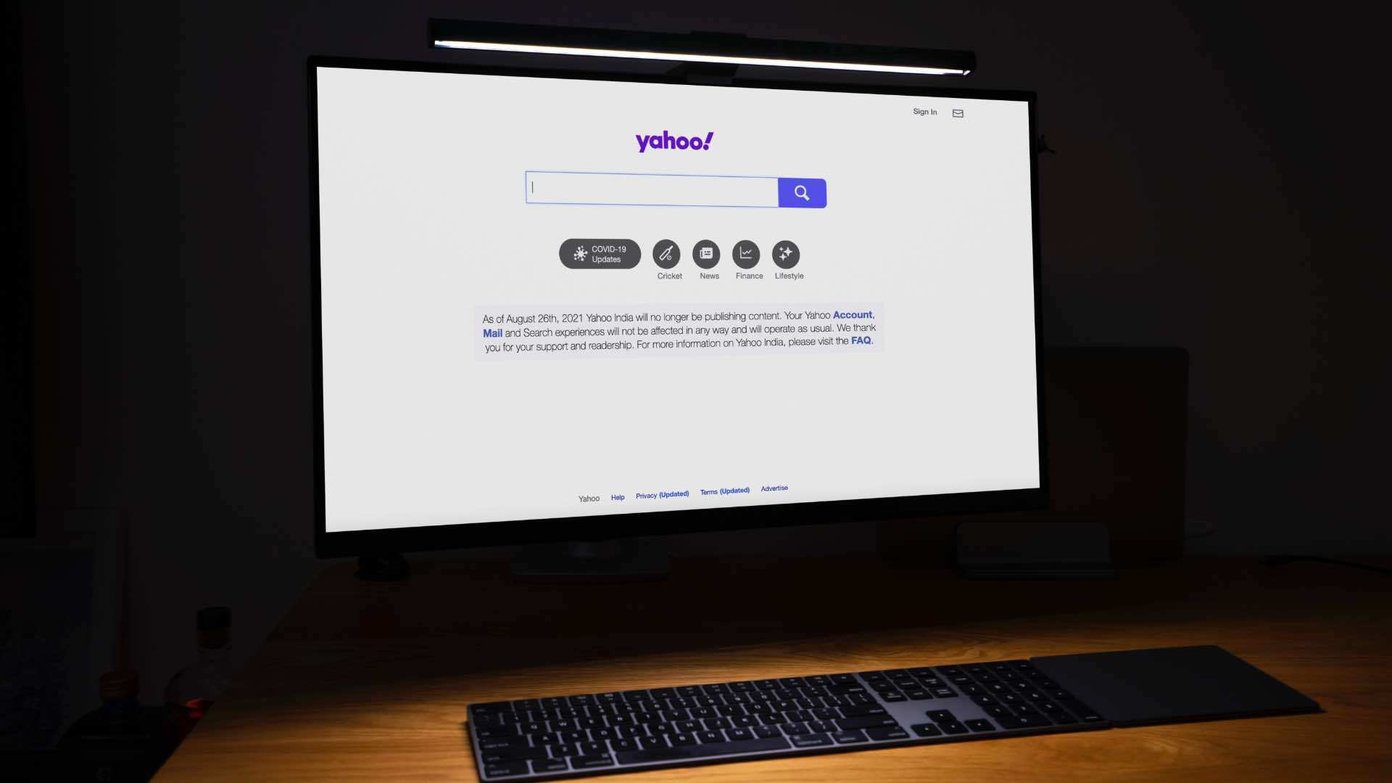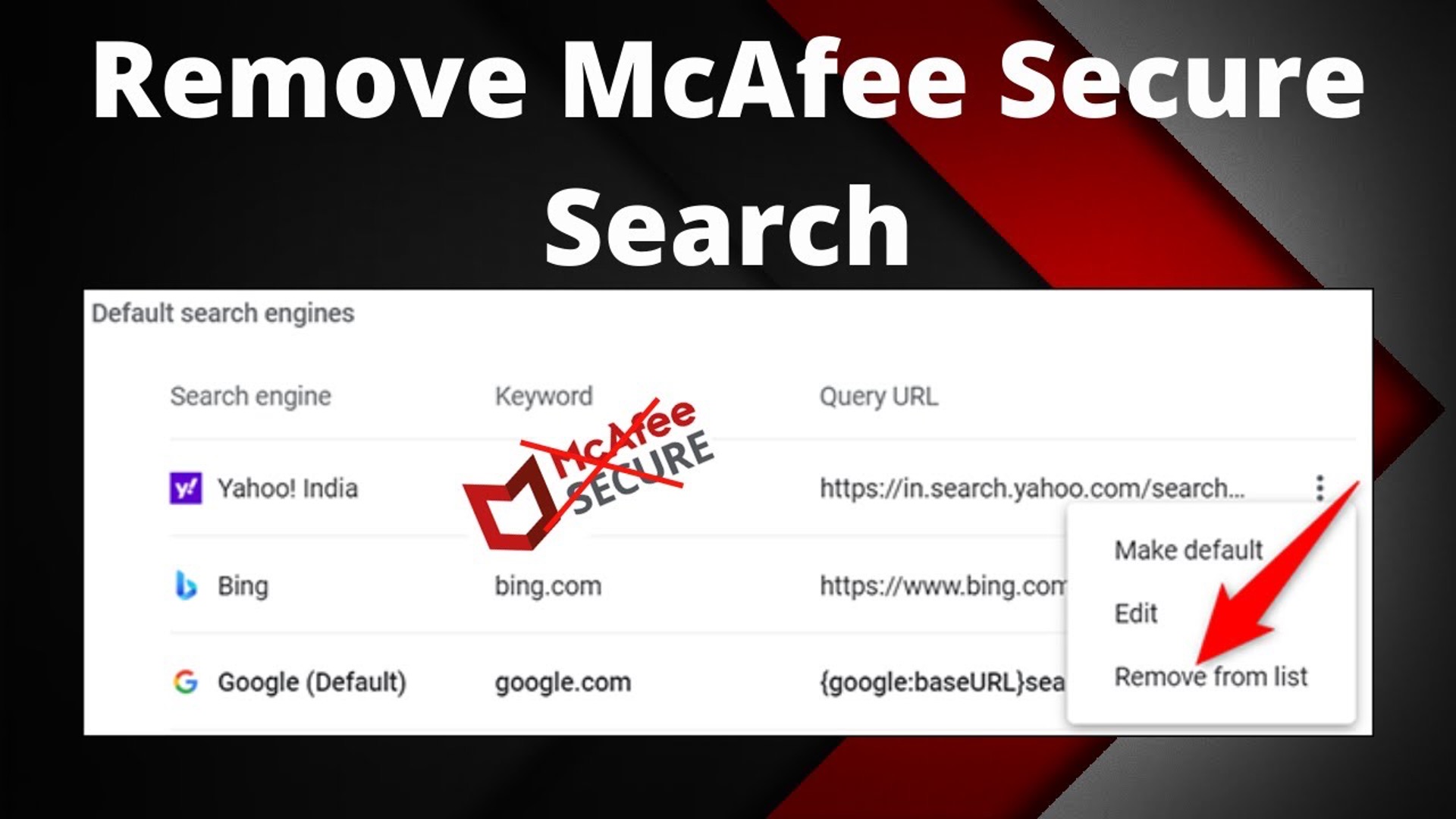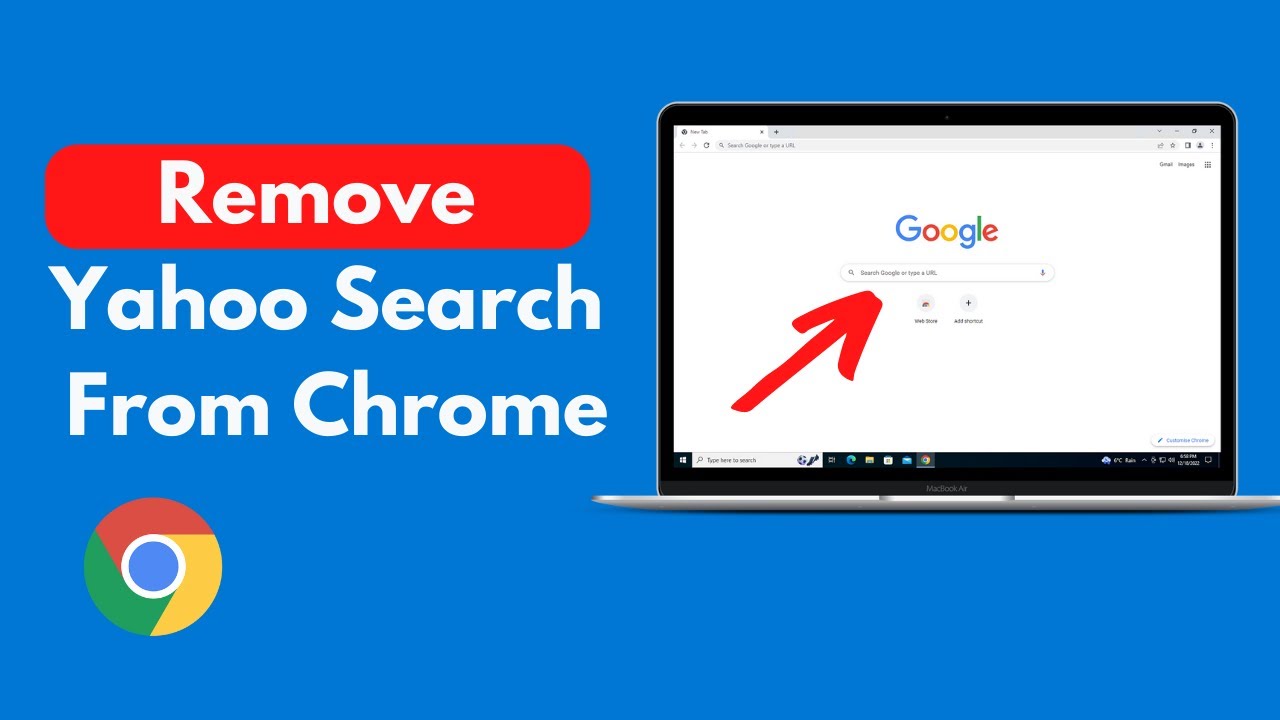Introduction
Blocking specific websites on your Chrome browser can be a crucial step in managing your online experience. Whether you're aiming to increase productivity, maintain a safe browsing environment for children, or simply reduce distractions, the ability to block websites can be a valuable tool. In this article, we'll explore various methods to block Yahoo on Chrome, providing you with the knowledge and tools to take control of your browsing habits.
Yahoo, a widely used search engine and web services provider, can sometimes become a source of distraction or unwanted content. By implementing the methods outlined in this article, you can effectively restrict access to Yahoo on your Chrome browser, helping you stay focused and in control of your online activities.
Now, let's delve into the practical steps you can take to block Yahoo on Chrome, empowering you to tailor your browsing experience to your specific needs and preferences. Whether you're a parent seeking to create a safer online environment for your children or an individual looking to boost productivity, the methods outlined here will equip you with the means to achieve your browsing goals.
Method 1: Using Chrome Extension
One of the most convenient and effective ways to block Yahoo on Chrome is by utilizing a Chrome extension specifically designed for website blocking. These extensions offer a user-friendly interface and customizable options, allowing you to seamlessly manage your browsing experience. Here's a step-by-step guide to using a Chrome extension to block Yahoo:
-
Choose a Reliable Extension: Start by browsing the Chrome Web Store for reputable website-blocking extensions. Look for extensions with positive reviews and a substantial user base to ensure reliability and functionality.
-
Install the Extension: Once you've identified a suitable extension, click on the "Add to Chrome" button to initiate the installation process. Follow the on-screen prompts to complete the installation, and the extension's icon should appear in the Chrome toolbar.
-
Access Extension Settings: Click on the extension's icon in the toolbar to access its settings and configuration options. Depending on the specific extension, you may find a dedicated section for website blocking or filtering.
-
Add Yahoo to the Block List: Within the extension's settings, locate the option to add websites to the block list. Enter "yahoo.com" or any Yahoo-related URLs to ensure comprehensive blocking. Some extensions also allow you to set specific time intervals for blocking, providing additional flexibility.
-
Save and Activate: After adding Yahoo to the block list, save your settings and activate the blocking feature. The extension will now prevent access to Yahoo, effectively restricting your ability to visit the website.
-
Customize as Needed: Depending on the extension, you may have the option to customize the blocking message or redirect blocked websites to alternative pages. Explore the customization features to tailor the blocking experience to your preferences.
By following these steps, you can effectively block Yahoo on Chrome using a dedicated extension. This method offers a straightforward and customizable approach, empowering you to take control of your browsing habits and create a more focused online environment. Whether you're aiming to minimize distractions or enforce parental controls, a reliable Chrome extension can serve as a valuable tool in managing website access.
Method 2: Editing Hosts File
Editing the hosts file is a powerful method to block access to specific websites, including Yahoo, at the system level. By modifying this file, you can redirect website requests to a different IP address or prevent them from resolving altogether. While this method requires a bit more technical know-how compared to using a Chrome extension, it offers a comprehensive and system-wide solution for blocking websites. Here's a detailed guide on how to edit the hosts file to block Yahoo on Chrome:
-
Locate the Hosts File: The hosts file is a system file used to map hostnames to IP addresses. On Windows, the hosts file is typically located at C:\Windows\System32\drivers\etc\hosts, while on macOS and Linux, it can be found at /etc/hosts. You may need administrative privileges to modify this file.
-
Open the Hosts File: Using a text editor with administrative privileges, such as Notepad on Windows or TextEdit on macOS, open the hosts file. Be cautious when editing system files, as improper changes can impact network connectivity.
-
Add Entry to Block Yahoo: To block Yahoo, you can add an entry to redirect requests to a non-existent or alternative IP address. For example, you can add the following line to the hosts file:
127.0.0.1 yahoo.com
-
Save the Changes: After adding the entry to block Yahoo, save the hosts file. Ensure that the file is saved without a file extension, such as .txt, which could prevent it from functioning correctly.
-
Flush DNS Cache (Optional): To ensure that the changes take effect immediately, you can flush the DNS cache on your system. On Windows, you can do this by running the command
ipconfig /flushdnsin the Command Prompt with administrative privileges. -
Test the Block: Open Chrome and attempt to access Yahoo. If the hosts file has been modified correctly, you should be unable to access the website, effectively blocking it at the system level.
Editing the hosts file provides a robust method to block Yahoo on Chrome, as it applies the restriction at the foundational level of network communication. While this method requires careful attention to detail and system-level access, it offers a comprehensive solution for blocking websites across all browsers and applications on the system. By following the steps outlined above, you can effectively leverage the hosts file to tailor your browsing experience and enforce website restrictions as needed.
Method 3: Using Parental Control Software
Parental control software offers a comprehensive and versatile approach to managing website access, making it an effective method to block Yahoo on Chrome. Designed to empower parents and guardians in creating a safe and controlled online environment for children, parental control software provides a range of features to enforce browsing restrictions and monitor online activities. By leveraging the capabilities of reputable parental control applications, you can effectively block Yahoo and other unwanted content, ensuring a secure and age-appropriate browsing experience for young users.
Here's a detailed overview of the steps involved in using parental control software to block Yahoo on Chrome:
-
Select a Reliable Parental Control Software: Begin by researching and selecting a reputable parental control software that aligns with your specific needs and preferences. Look for software solutions with a strong track record of effectiveness, user-friendly interfaces, and comprehensive website blocking features. Popular parental control software options include Qustodio, Norton Family, and Kaspersky Safe Kids.
-
Install and Set Up the Software: After choosing the parental control software, proceed to install it on the target device, whether it's a child's computer or a shared family device. Follow the software's installation instructions and create a dedicated user account for the child, granting you the ability to customize browsing restrictions and monitoring settings.
-
Access Website Blocking Features: Once the software is installed and configured, navigate to the website blocking or content filtering section within the parental control dashboard. Most parental control software offers intuitive interfaces for managing website access, allowing you to specify blocked websites and categories.
-
Add Yahoo to the Blocked List: Within the website blocking settings, add Yahoo to the list of blocked websites. This action effectively prevents the child from accessing Yahoo on the Chrome browser, ensuring that they are shielded from potentially unsuitable content or distractions associated with the platform.
-
Customize Browsing Restrictions: Depending on the parental control software, you may have the option to customize browsing restrictions based on time schedules, age-appropriate content filters, and individual user profiles. Take advantage of these customization features to tailor the browsing experience to the child's specific needs and your desired level of control.
-
Monitor and Adjust as Needed: After implementing the website blocking settings, regularly monitor the child's online activities through the parental control software's monitoring features. This allows you to ensure that the browsing restrictions are effectively in place and make adjustments as needed to accommodate evolving needs and online behaviors.
By utilizing parental control software, you can confidently block Yahoo on Chrome and create a secure online environment for children, promoting responsible and safe internet usage. The comprehensive features offered by parental control applications empower you to enforce website restrictions, monitor online activities, and foster a positive and controlled browsing experience for young users. With the ability to customize settings and adapt to changing online trends, parental control software serves as a valuable tool in promoting digital well-being and safe browsing practices for children.
Conclusion
In conclusion, the ability to block Yahoo on Chrome empowers individuals and parents alike to take control of their online experience. By implementing the methods outlined in this article, users can effectively manage website access, minimize distractions, and create a safer browsing environment for themselves and their families.
The utilization of Chrome extensions provides a user-friendly and customizable approach to website blocking. With a diverse range of extensions available in the Chrome Web Store, users can select a reliable option that aligns with their specific needs. Whether it's for personal productivity or parental control, Chrome extensions offer a convenient solution for restricting access to Yahoo and other websites, allowing users to tailor their browsing experience to their preferences.
Editing the hosts file presents a more technical yet comprehensive method for blocking Yahoo on Chrome. By leveraging the hosts file, users can enforce website restrictions at the system level, impacting all browsers and applications on the device. This method offers a foundational approach to website blocking, providing a robust solution for individuals seeking to exert greater control over their online activities.
Furthermore, the use of parental control software stands as a powerful tool for creating a secure and age-appropriate browsing environment for children. With features designed to manage website access, monitor online activities, and customize browsing restrictions, parental control software empowers parents to safeguard their children's online experiences. By leveraging reputable parental control applications, parents can confidently block Yahoo and other potentially unsuitable content, promoting responsible and safe internet usage for young users.
In essence, the methods presented in this article cater to a diverse range of needs, from personal productivity enhancement to parental oversight of children's online activities. By understanding and implementing these methods, users can effectively block Yahoo on Chrome, aligning their browsing habits with their desired level of control and safety. Whether it's through the seamless integration of Chrome extensions, the foundational approach of editing the hosts file, or the comprehensive features of parental control software, individuals and parents have the means to shape their online experiences in a manner that reflects their values and priorities.









